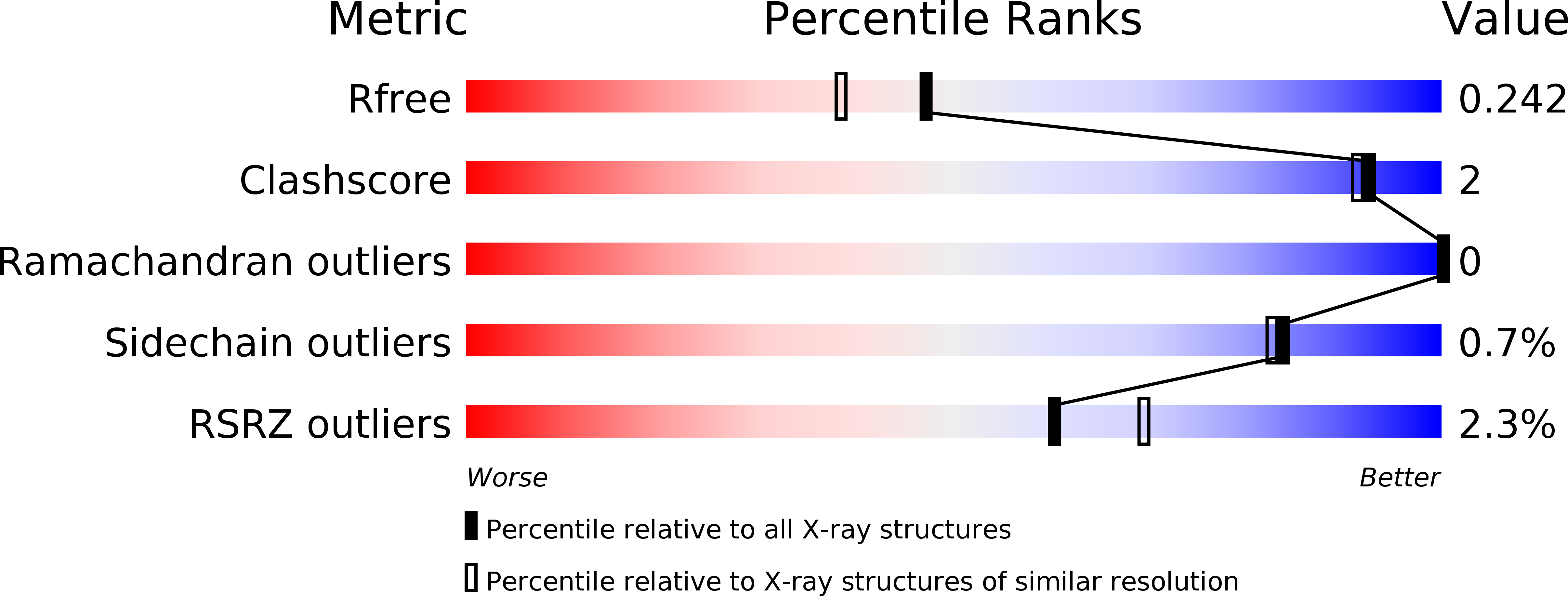
Deposition Date
2016-03-30
Release Date
2016-04-13
Last Version Date
2023-09-27
Entry Detail
PDB ID:
5J39
Keywords:
Title:
Crystal Structure of the extended TUDOR domain from TDRD2
Biological Source:
Source Organism:
Homo sapiens (Taxon ID: 9606)
Host Organism:
Method Details:
Experimental Method:
Resolution:
1.95 Å
R-Value Free:
0.22
R-Value Work:
0.19
R-Value Observed:
0.19
Space Group:
P 1 21 1


